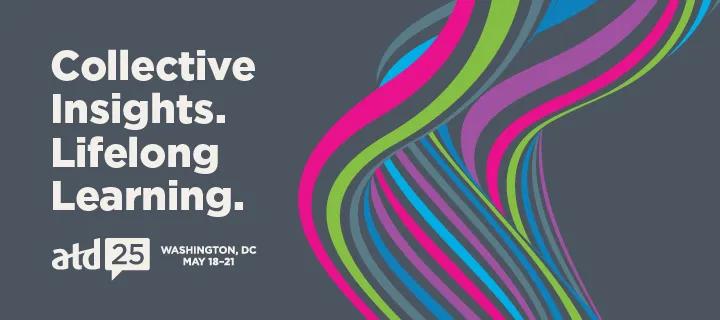ATD Blog
Creating Accessible Digital Media: Small Changes, Big Impact
Learning accessibility best practices can feel overwhelming due to legal jargon, acronyms, and sometimes conflicting guidance.
Wed Mar 26 2025

Bookmark
Digital media is a fundamental part of daily communication, yet accessibility is often overlooked. While accessible design is legally required, integrating it as a standard practice ensures inclusivity for all learners.
Whether in corporate training, healthcare, education, or small business settings, professionals frequently create digital content—such as PowerPoint presentations, PDFs, videos, infographics, and websites—without formal training in accessibility. As a result, 16 percent or more of viewers may face barriers to accessing this content.
Learning accessibility best practices can feel overwhelming due to legal jargon, acronyms, and sometimes conflicting guidance. There are multiple considerations:
Accessibility laws and guidelines. Which accessibility laws apply directly to learning solutions? How can we make sure our team is following the latest guidelines?
Universal Design (UD). What are the nuts and bolts of UD principles? How do we apply them to learning assets and communication with participants?
Fonts and typography. How do we ensure we’re using readable, accessible text.
Image and video accessibility. What guidelines will help ensure any multimedia deliverables are accessible?
Readability and user experience. Are there any best practices for simplifying content for diverse audiences that we can scale across our offerings?
For a deeper dive into learning accessibility best practices, join us at ATD25 International Conference & EXPO for the session, "Creating Accessible Digital Media: Small Modifications Make a Big Impact."
We will break down key strategies, tools, and resources to help participants confidently create accessible content. Participants will leave with clear, actionable strategies for improving accessibility in their digital content. Please bring a device to practice these techniques during the session.
More from ATD


